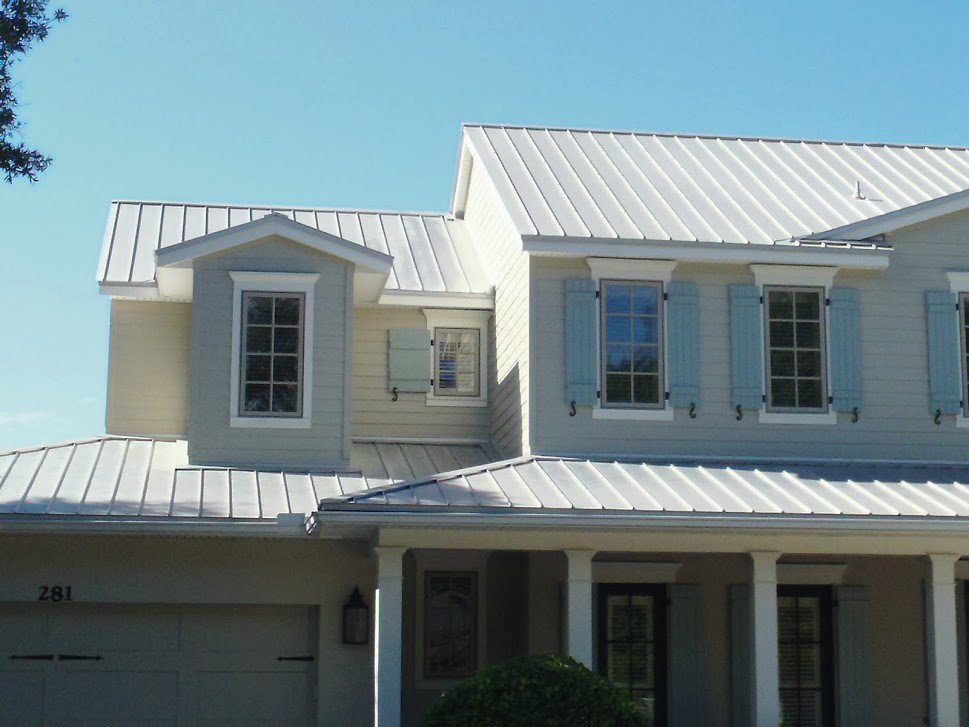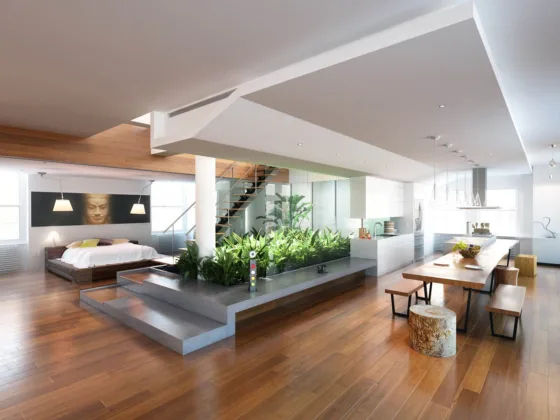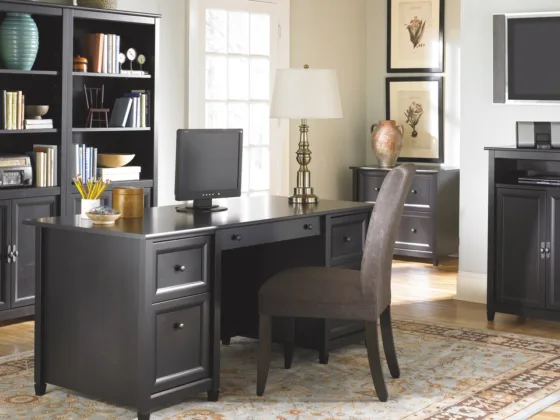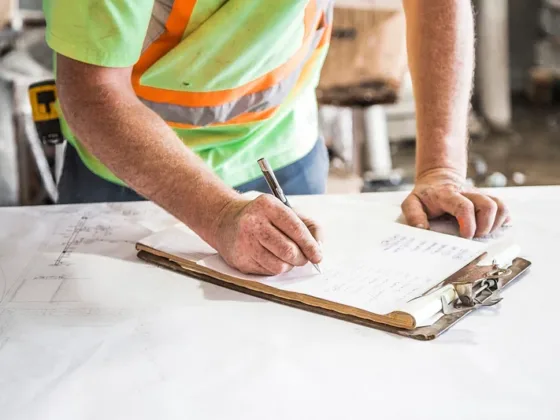Table of Contents Show
Exterior renovations are the biggest projects you can have for your home. Not only can you change the overall look of your house but you can also make it more structurally sound and raise its value.
While it is important to have a professional service help you make these changes, you need to consider the kind of materials you want to use for these renovations.

The roofing and siding of your home protect you from the elements outside.
Depending on your specific needs as well as your personal preferences, there are plenty of options for you to choose from, each with its own advantages and disadvantages.
Roofing
Metal
The biggest advantage of metal roofing is that it is one of, if not the most durable roofing material currently available on the market.
It can last for several decades with very few signs of wear and deterioration.
Because of its strength, it has no problem guarding against hail, wind, snow, rain, and natural debris like sticks and branches which could fall from trees.
Aside from this, metal roofing is designed with the highest grade of fire resistance and is incombustible.
If you need to have your roofing fixed or replaced, the metal can be repurposed into other products.
Some manufacturers even make their roofing from recycled metal which not only requires less energy to produce but also saves on resources.
On the other hand, this type of roofing does have a high upfront cost and is considerably more expensive than other materials.
However, it is more of a long-term investment since you won’t have to spend as much on repairs and maintenance.
Read Also:
Asphalt
Asphalt shingles are the most used roofing material in the country and it has good reason to be.
Besides being an affordable and cost-effective option, it is incredibly easy to install and comes in a wide variety of colors, styles, and textures.
With the proper upkeep, asphalt roofing can last quite a few years. Although, when compared to the strength and robustness of other materials, it doesn’t really perform the best.
However, it does make up for this by being simple to repair or replace should it sustain any damage.
Another thing to consider is because of its slightly lower durability, it is a bit more prone to cracking and leaks.
Moreover, it isn’t a suitable material for houses in temperate areas because it expands and contracts as the temperature changes.
On a good note, if you ever plan on replacing your asphalt roofing, the shingles can be recycled for other purposes.
Slate
Slate is a good choice for homeowners who are looking for solid roofing that looks very elegant and refined.
Because it’s made from stone, it is especially strong and has a high level of fire resistance.
When properly installed, slate roofing can last well over a lifetime and won’t need to be replaced any time soon.
One more advantage of this material is its natural ability to withstand mold and freeze damage.
It also provides good insulation which makes it a viable option for homes in colder regions.
However, the slate is rather heavy so you have to make sure that your foundation can handle a total load of your entire roof.
A downside to this kind of roofing is that it is relatively costly to have installed because it can only be done by experienced workers.
Not to mention, it is difficult to find replacements for slate tiles if they ever get damaged.
Wood
Wood roofing can come in the come of shakes and shingles. This material is a natural insulator so it is effective at keeping a comfortable temperature inside your home no matter the weather outside.
Some manufacturers treat the wood to further enhance their insusceptibility to insects and pests.
These are also a good consideration for those looking for more affordable roofing materials.
It offers a good value for its price without sacrificing durability or quality. Not to mention, wood is also highly recyclable and easy to repair.
On the other hand, it can also be vulnerable to moisture damage and rotting if not maintained properly.
A crucial thing to take note of is that some fire-prone areas might not allow wood roofing unless it has been treated to have a certain class rating of fire resistance.
Be sure to check the housing regulations in your area before pushing through with your home project just to eliminate any problems beforehand.
Clay
If you’ve ever seen a house with a beautiful terracotta-colored roof, it is most likely made from clay tiles.
These tiles are baked for a certain amount of time in order for them to harden and are usually available in warm shades.
Because of the baking process, the colors of the tiles do not fade easily and can retain their original look for several years.
Moreover, the composition of clay makes it great for regulating the heat inside your home and withstanding strong winds, hail, and fire.
However, clay roofing is usually only recommended for those in warmer climates because it has a tendency to crack when exposed to cold temperatures.
Additionally, this material is rather porous so it is more prone to develop molds and stains.
Siding
Fiber Cement
If you like the finish of wood, stucco, or brick but want something a little more budget-friendly, then fiber cement might be what you need.
It is made by mixing together portland cement, wood pulp, water, and a filler such as silica sand or fly ash.
The main advantage of fiber cement siding is that it is flame-resistant and also not vulnerable to rot formation or insect infestations.
And because of its versatility, you can achieve different looks and designs for your home.
On the downside, this material is prone to moisture damage if it is not properly sealed and can be rather challenging to install.
Besides that, it typically requires regular maintenance if you want to preserve the look of your home’s exterior for longer.
Vinyl
Being another cost-effective siding option, vinyl is used in a lot of building projects.
It is available in tons of colors and styles, eliminating the need for a separate paint job after it is installed.
Additionally, it is relatively easy to put up compared to other materials.
It doesn’t take a lot of effort to keep vinyl in good condition since it can be easily cleaned through rinsing and dusting.
For more stubborn dirt and stains, you can use mild soap and water.
If the vinyl is not installed properly, it can lead to a number of issues such as warping or cracking.
Aside from this, the material is also prone to expanding and contracting as a response to changing temperatures.
What’s more, you will typically need to replace the whole plank if any part of it becomes damaged.
Brick
Brick is an incredibly durable and tough material. Because of its thickness, it provides great insulation for the home and effectively controls the temperature inside.
It also requires very little maintenance in order to preserve its look and quality.
This material is one of the strongest you can get because it has no trouble withstanding fires and storms.
It is also environmentally friendly since it can be easily repurposed for other building projects.
Moreover, brick adds a ton of value to your property. If you have any plans to sell your house in the future, you’ll be able to earn back quite a good amount from your original investment.
This type of siding is on the pricier side initially, but you can save a lot on repair costs.
If you don’t mind being rather limited design-wise, brick is definitely a material worth considering.









